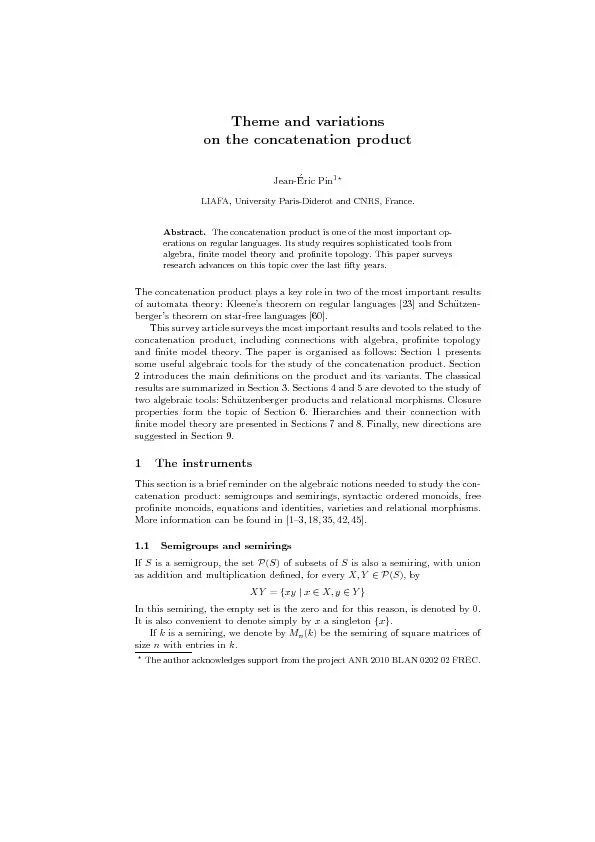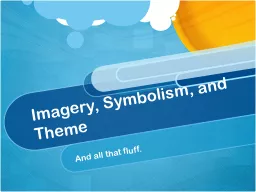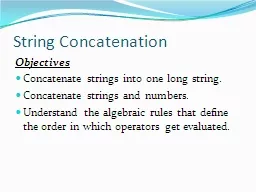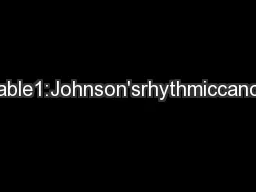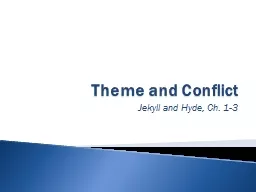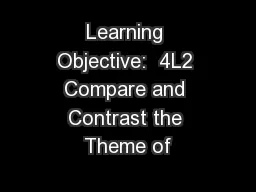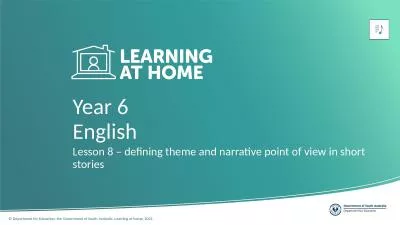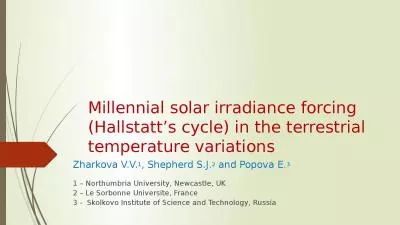PDF-Theme and variations on the concatenation product
Author : natalia-silvester | Published Date : 2017-03-20
TheauthoracknowledgessupportfromtheprojectANR2010BLAN020202FREC 12SyntacticorderedmonoidLetLbealanguageofAThesyntacticpreorderofListherelation6Lde nedonAbyu6Lvifandonlyifforeveryxy2Axvy2Lxu
Presentation Embed Code
Download Presentation
Download Presentation The PPT/PDF document "Theme and variations on the concatenatio..." is the property of its rightful owner. Permission is granted to download and print the materials on this website for personal, non-commercial use only, and to display it on your personal computer provided you do not modify the materials and that you retain all copyright notices contained in the materials. By downloading content from our website, you accept the terms of this agreement.
Theme and variations on the concatenation product: Transcript
Download Rules Of Document
"Theme and variations on the concatenation product"The content belongs to its owner. You may download and print it for personal use, without modification, and keep all copyright notices. By downloading, you agree to these terms.
Related Documents

